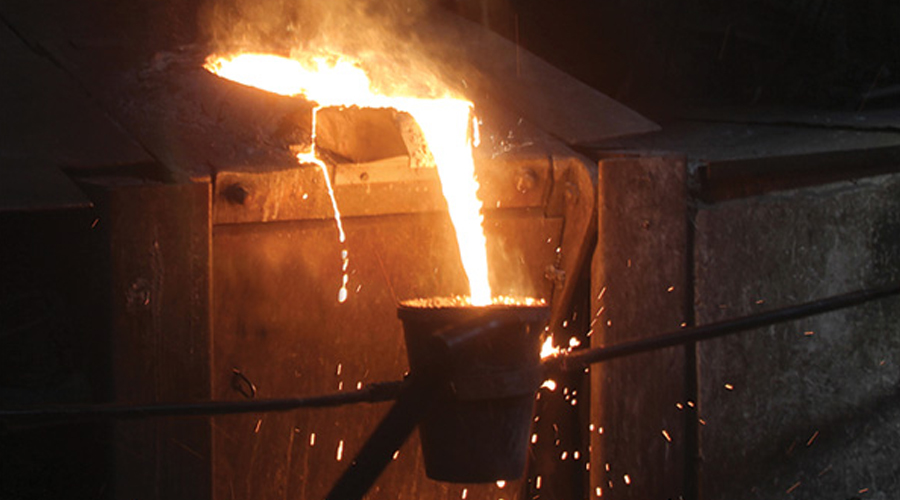Induction furnace principle is a fascinating concept that has revolutionized the field of metallurgy. It uses electromagnetic induction to generate heat within metals, enabling various industrial processes. In this article, we’ll take a closer look at the principles of induction melting furnace and explore their applications and benefits.
Induction Furnace Principle
Induction furnaces work on the principle of electromagnetic induction. It consists of a crucible made of refractory material (usually graphite or ceramic) that holds the metal to be melted. Surrounding the crucible is an induction coil made of copper that is connected to an alternating current (AC) power source.
When the AC power is turned on, an alternating magnetic field is generated within the induction coil.
According to Faraday’s law of electromagnetic induction, a changing magnetic field induces an electric current in the metal object within the coil.
This induced current generates heat through the resistance of the metal. The heat is then transferred to the metal, causing it to melt. The temperatures reached by induction furnaces can reach thousands of degrees Celsius, depending on the metal being melted and the power supplied.
Applications Of Induction Furnaces:
IF has a wide range of applications in foundry, steelmaking and metal processing industries. Some common uses include:
Melting & Casting:
Induction furnaces are commonly used to melt and cast a variety of metals, including iron, steel, aluminum, copper and brass. The ability to reach high temperatures quickly and efficiently makes induction furnaces ideal for these processes.
Heat Treatment:
Induction furnace is used for heat treatment processes such as annealing, tempering, and quenching. These processes involve heating metal to a specific temperature and then cooling it rapidly or gradually to achieve the desired material properties.
Metal Refining:
IF can also be used to refine impure metals. The high temperatures reached in the furnace help separate impurities from the molten metal, resulting in a purer end product.
Advantages of Induction Furnaces:
The induction furnace principle has the following advantages compared with traditional heating methods:
Energy efficiency:
Induction furnaces are highly energy efficient because heat is generated directly inside the metal, minimizing heat loss. Using electromagnetic induction can accurately control temperature and reduce energy consumption.
Fast heating speed:
Induction furnaces can reach high temperatures quickly, significantly shortening the melting time compared with other heating methods. Increased efficiency means increased productivity and cost savings.
Clean and environmentally friendly:
The induction furnace emits very little and is environmentally friendly. They eliminate the need for fossil fuels, reduce carbon footprints and improve workplace safety.
The induction furnace principle revolutionized the metallurgical industry by providing an efficient and economical method for melting, casting and heat treating metals. Its ability to rapidly generate high temperatures, energy efficiency, and environmental advantages make it an indispensable tool in a variety of industrial applications.
As technology advances, further improvements in induction furnace design and functionality are expected, opening up new possibilities in metal processing and beyond.

